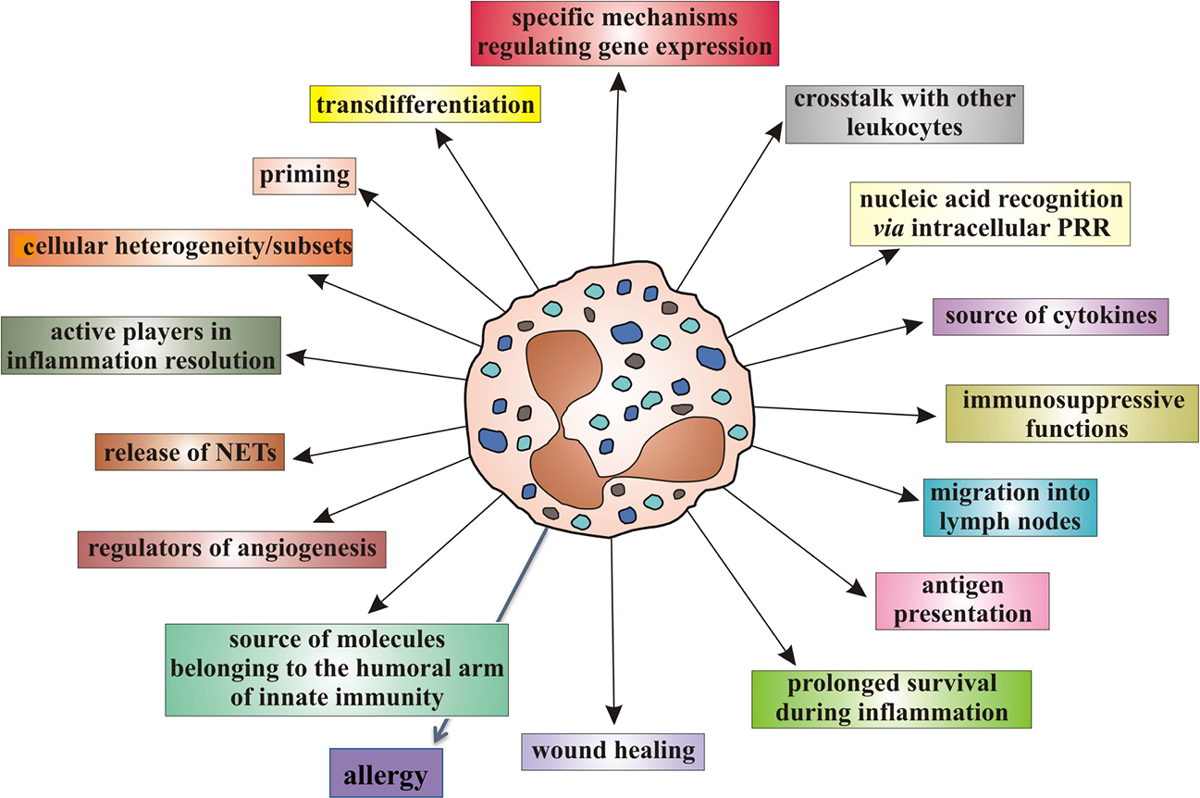A Comprehensive Review of Chiropractic Research
You will love this Comprehensive Review of Chiropractic Research, by Anthony L. Rosner, Ph.D., Director of Research and Education for the Foundation for Chiropractic Education and Research (FCER) until its demise (1992-2007), and current Director of Research for the International College of Applied Kinesiology (USA).
I. Introduction
A. Perspectives:
In the space of just 115 years from its inception, chiropractic has emerged as the third largest healthcare profession in the United States offering diagnostic as well as therapeutic services to patients. It has reached this lofty height driven by research which has made particularly dramatic strides over the past 30 years, supported by a budget which represents merely an infinitesimal fraction of that applied to medical and pharmaceutical research.
Like all health professions, chiropractic regularly tests the effectiveness, safety, and costs of its approaching health care. Studies continue to show that chiropractors offer the public a viable alternative to invasive healthcare (drugs, surgery) especially in the treatment of musculoskeletal problems such as back, neck, and headache pain. But chiropractic treatments are likewise effective in the treatment of non-musculoskeletal health issues, including infantile colic, enuresis, asthma, dysmenorrheal, otitis media, hypertension, and heart rate variability. And few medical professions outside of chiropractic can offer such healthcare solutions with equal safety and cost records.
Having been historically been placed in the category of “alternative and complementary” medicine, chiropractic because of its rapid growth in its research has now been deemed to have reached the crossroads of mainstream and alternative medicine. [1] As a hybrid, it appears to have successfully incorporated many of the research methodologies of orthodox medicine while striving to maintain its distinct healthcare paradigm. Indeed, when the practitioner’s primary means of patient care and published randomized clinical trials supporting that intervention are matched, chiropractic can be shown to enjoy a higher percentage of interventions thus supported when compared to such other medical disciplines as general practice, inpatient general surgery, dermatology, or hematology-oncology. [2] In other words, chiropractic can now claim to have attained at least as much of a scientific grounding as other medical interventions based upon its research.
So what is it that one means by chiropractic research? The research related to the practice of chiropractic, to be reviewed in this chapter, has been presented in multiple dimensions, including:
- Published clinical articles;
- Literature reviews;
- Surveys and public opinion research;
- Analyses of insurance claims [actuarial research]; and
- Guidelines
B. First major interdisciplinary cohort study:
One of the first lines of evidence in support of chiropractic intervention that could be considered to be more robust came in 1985 from a prospective observational study of 283 patients suffering from chronic low back and leg pain, drawn from a university back pain clinic reserved for patients who had not responded to previous conservative or operative treatment. Given a 2-3 week regimen of daily spinal manipulation by an experienced chiropractor, 81% of these patients with referred pain and 48% of those with nerve compression displayed improvements in pain grades after their assessments at 1 month followed by 3-month intervals. The research was noteworthy in that it represented a collaboration between chiropractic [David Cassidy] and medical providers [William Kirkaldy-Willis] and was published in a leading medical journal. [3]
C. Endorsements in back pain care by government agencies:
In 1979, just four years after chiropractic research received its assessment from the historic NINDS Conference, extensive investigations in 1979 by the Commission of Inquiry in New Zealand of chiropractic in the United States, Canada, United Kingdom and Australia as well as New Zealand culminated in the release of a report which concluded that modern chiropractic is a soundly-based and valuable branch of health care in a specialized area neglected by the medical profession.” [4] Some thirty years later, it was evident from the extent and quality of chiropractic research that dramatic changes were in evidence. Regarding back pain as assessed by government agencies in the
U.S., [5]
Canada, [6]
Great Britain, [7]
Sweden, [8]
Denmark, [9]
Australia, [10] and
New Zealand, [11]
One could argue that chiropractic care appears have vaulted from last place to first as a treatment option for musculoskeletal disorders.
Read the rest of this Full Text article now!





Leave A Comment